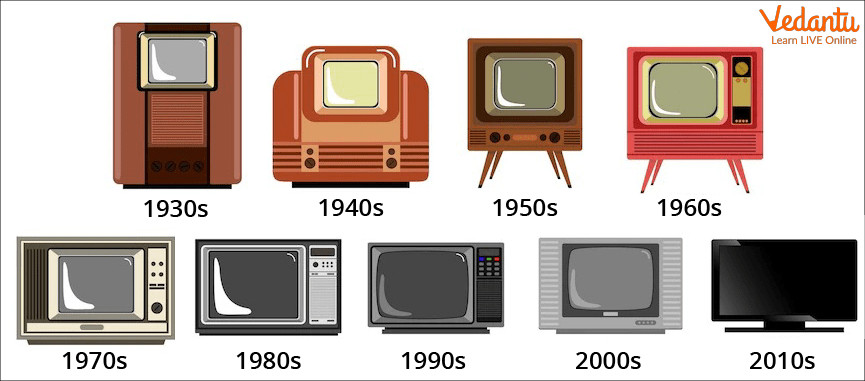
Who Is Known as the Father of Television?
The invention of television, a ubiquitous source of entertainment and information, is a multifaceted story with contributions from numerous individuals. However, one name often emerges when discussing the paternity of this groundbreaking technology: John Logie Baird. Let’s delve into the history of television and explore why Baird holds this prestigious title.
John Logie Baird: Pioneering Mechanical Television
John Logie Baird, a Scottish engineer, is widely recognized as the father of television. Born in 1888, Baird dedicated his life to developing a technology that could transmit visual images and sound. In the 1920s, he achieved a monumental breakthrough by demonstrating the world’s first working television system. This system, utilizing mechanical scanning techniques, marked a pivotal moment in the history of television.
Baird’s early demonstrations showcased 30-line images produced by reflected light. In 1925, he achieved another significant milestone by transmitting the first moving image on television: a human face. This achievement solidified his place in history and earned him the title “Father of Television.” While his mechanical system was eventually superseded by electronic television, Baird’s pioneering work laid the foundation for future advancements.
Philo Farnsworth and Electronic Television
While Baird is credited with the invention of mechanical television, Philo Taylor Farnsworth made significant contributions to the development of electronic television. In 1927, at the young age of 21, Farnsworth demonstrated the first fully functional all-electronic television system. This marked a significant leap forward in television technology, as electronic systems offered superior picture quality and paved the way for the modern televisions we use today.
The Evolution of Television: From Mechanical to Modern Marvel
The journey of television from Baird’s mechanical system to today’s high-definition marvels is a testament to continuous innovation. The introduction of color television, cable broadcasting, and digital technology revolutionized the medium, transforming it into a central part of global culture. The development of smart TVs with internet connectivity and streaming capabilities has further expanded the possibilities of television, blurring the lines between traditional broadcasting and online content.
Conclusion: A Legacy of Innovation
The question of “Who Is Known As The Father Of Television?” often points to John Logie Baird, recognizing his groundbreaking work in developing the first working television system. While Philo Farnsworth’s contributions to electronic television were crucial for its evolution, Baird’s pioneering spirit and early successes earned him the enduring title. The legacy of these inventors, along with countless others who contributed to the development of television, continues to shape the way we consume entertainment and information today. Their innovations paved the way for a technology that has become an integral part of our lives, connecting us to the world and to each other.
